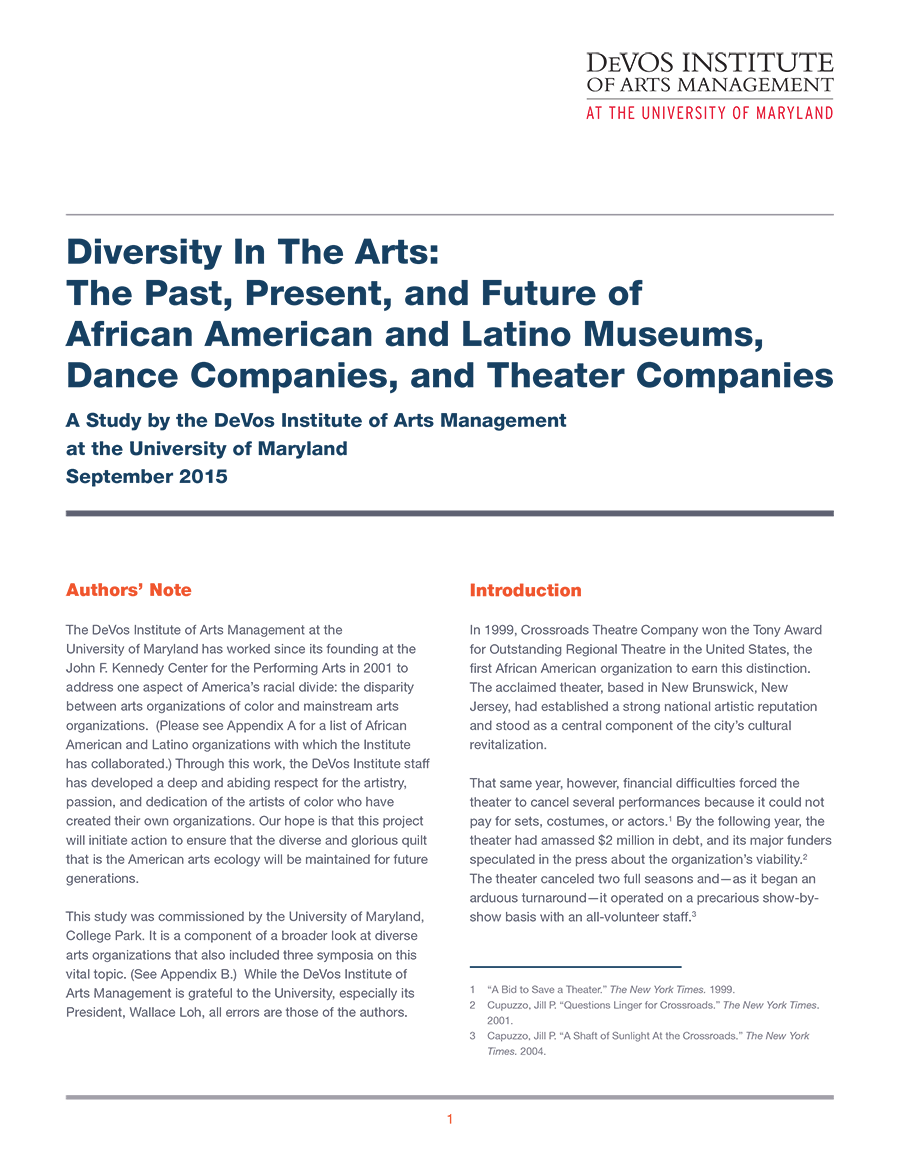Eleanor Savage, of the Jerome Foundation, penned this article in October 2015 for the Arts in a Changing America website:
Racial Equity
Grantmakers in the Arts (GIA) is committed to addressing structural inequities and increasing philanthropic and government support for BIPOC artists and arts organizations. Racial equity is a lens through which GIA aims to conduct all of its work, as well as a specific area of its programming.
Since 2008, GIA has been elevating racial equity as a critical issue affecting the field. To actualize this work within the sector, GIA published its Racial Equity in Arts Funding Statement of Purpose in 2015. Through webinars, articles, convenings, and conference sessions, GIA provides training and information to support arts funders in addressing historic and structural inequity through their grantmaking practices as part of an effort for racial justice as a means toward justice for all.
GIA believes that all oppressed groups should benefit from funding. We give primacy to race because racism is the means by which oppressed groups are manipulated into opposing programs that assist them. Therefore, Grantmakers in the Arts’ equity work – including our discussions of support for trans artists, artists with disabilities and for disability arts – is NOT race-exclusive but IS race-explicit. GIA’s vision for the future of our work is to increasingly reveal how the liberation of all oppressed people is interdependent.
GIA has made a strategic decision to foreground racial equity in our work for several reasons:
- Within other oppressed peoples’ communities (including women, members of the lgbtqi community, people with disabilities, and others), it has been well-documented that people of color still face the worst social outcomes.
- GIA feels that others’ strategies of combining considerations of race with other considerations too often result in racialized people being pushed into the background or ignored.
- The U.S.’ creation of race was established to keep oppressed peoples separate.
Unless we articulate our support for racialized peoples, while calling out this separation strategy, we inadvertently reinforce this separation strategy.
Specific themes of our racial equity programming include:
- The analysis of how funding practices create structural challenges for BIPOC (Black, Indigenous, People of Color)/ALAANA (African, Latinx, Asian, Arab, Native-American) organizations (Eurocentric quality standards, matching requirements, among others).
- The impact of these practices, as manifest in racialized disparities in levels of funding.
- An exploration of the use of coded language to justify racial inequity (i.e. referring to white audiences as “general” or “mainstream,” while organizations of color are “culturally-specific.”
When it comes to self-identifying language, GIA seeks to use terms that communicate our respect. We do not seek to impose language on members of any group. We respect the manner in which anyone prefers to self-identify. When referring to issues of racial equity, “we use the term BIPOC to highlight the unique relationship to whiteness that Indigenous and Black people have, which shapes the experiences of and relationship to white supremacy for all people of color within a U.S. context.” We take this explanation and practice from the BIPOC Project.
GIA has also used the racial and ethnic identifiers African, Latinx, Asian, Arab, and Native American. We have used African, Latinx, Asian, Arab, Native American – represented using the acronym ALAANA – because we know that many believe the term, “people of color,” conflates together entire groups of people and as a contrast to white. This results in a continued centering of whiteness as the norm and the standard from which other identities deviate.
GIA does not refer to organizations that are founded by, led by, and feature the work of ALAANA/BIPOC communities as “culturally-specific,” as we believe this term centers whiteness as the norm from which other organizations deviate.
GIA is committed to communicating respectfully. GIA does not ask that anyone self-identify with or use any term other than ones they prefer.
The National Center for Arts Research (NCAR) at Southern Methodist University has released a white paper titled “Does ‘Strong and Effective’ Look Different for Culturally Specific Organizations?” that examines the distinguishing characteristics of arts organizations that primarily serve Asian-American, African-American, and Hispanic/Latino communities. The study is intended to provide insights, based on measurable data, about the operating contexts and unique challenges that these organizations face.
On Thursday, November 19, 2015, a public forum will take place in Pittsburgh, Pennsylvania to release the findings of a study conducted by the Urban Institute and funded by The Heinz Endowments.
Arts managers connect audiences to the greatest artistic achievements of humankind. Yet, the cultural sector and public know little about their demographic makeup in the United States. A paucity of literature exists on arts managers (Americans for the Arts 2013; DiMaggio 1987; Herron et al. 1998; Mankin et al. 2006), and questions pertinent to assessing the current level of demographic diversity in the arts management workforce remain unexplored.
Read More...This past January I was preparing for a youth education and empowerment program I work with in Pittsburgh called the Omega Dr. Carter G. Woodson Academy, and the research I was doing revealed some fascinating connections between the civil rights movement and philanthropy. This year has also been marked by the fiftieth anniversary of the Voting Rights Act and a national initiative to provide free admission for schoolchildren to see the movie Selma, which was released in December and chronicled the protests that led to the passage of that 1965 legislation.
Read More...September 2015, 58 pages. DeVos Institute of Arts Management, 1300 Pennsylvania Ave NW, Suite 410, Washington, D.C. 20004. (301) 314-0963. www.devosinstitute.net.
Download:
Read More...Grantmakers in the Arts invites interested and qualified consulting firms or individuals through an RFP process to submit a proposal to conduct an organization-wide audit of GIA’s internal documents and policies and external communication as they pertain to the organization’s goals of racial equity in arts philanthropy.


